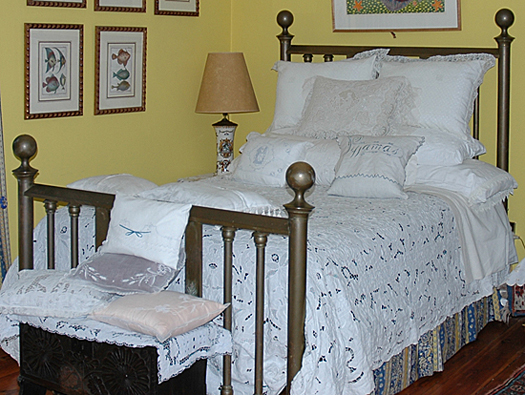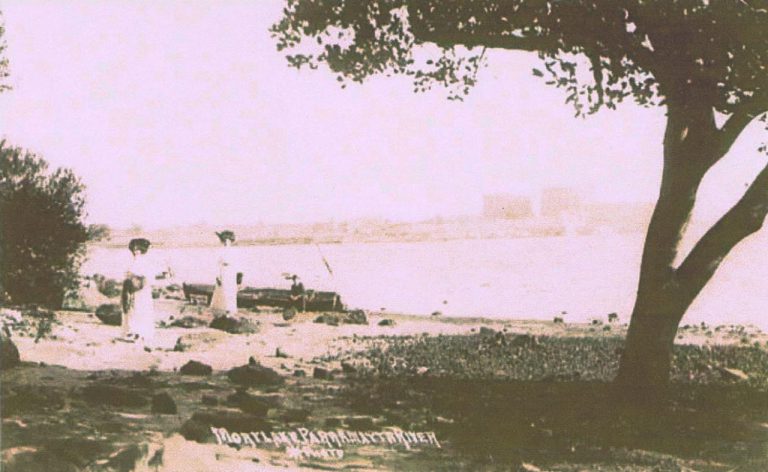At the Australasian Science Congress held in Hobart in January 1902, John Sulman, an English architect living in Sydney, read a paper entitled “A Twentieth Century House with suggestions on the solution of the Servant Problem”.
He said: “It is probable that many middle-class households will, in the future, have to dispense with servants altogether, or depend on lady-helps, or assistance by non-resident servants for a limited time each day. In either case the existing type of house with its arrangements for two classes of inmates in unsuitable.”
Sulman described the essential features of the house of the future. It would have a closed porch for hats and coats, opening into a general living room, like the hall of old English houses. There would be a small dining room close to a compactly planned and well-fitted kitchen. Every bedroom would have a fixed lavatory in a closed but ventilated cupboard and a large built-in wardrobe and chest of drawers.
“Cooking would be performed by gas or electricity”, said Sulman. “ A continual supply of hot water would be provided by a gas heater, or self-feeding coal boiler in the cellar, and washing up would be performed in a sink without handling, by first steeping in a chemical solution to remove grease, rinsing with clean water, and then drying by a gas heater fixed under the sink.”
All rooms would be heated by gas fires, as coal and wood caused too much dust and labour. Polished parquetry floors laid on solid concrete and impervious cement walls with rounded corners would eliminate constant cleaning; furnishing would be simple, avoiding fluffy carpets and hangings which produced dust. Washing was to be sent out, and possibly cooking, too. Sulman proposed the establishment of district co-operative kitchens which would deliver ready-cooked meals with table appointments, as in Sweden. His concepts were years ahead of his time.
By 1918, writing about “The Architect and the Future”, the Queensland architect Robin Dodds was suggesting that the solution to the servant problem was a form of communal living. Twelve separate but similar houses would be grouped around a central building containing a dining hall, recreation rooms, a kitchen, laundry and accommodation for servants, whose services would be shared.
“Two or three cooks at salaries comparable to those now paid to University professors and with commensurate skill and training, could appear like prima donnas on alternate nights”, Dodds suggested. And a further advantage of this kind of living, he pointed out, would be that “a four for bridge would be as easy to get as on a P.& O. steamer”.
(It all sounds familiar now, doesn’t it?)






